Have you ever gazed at the moon and felt a mysterious connection to something greater? You’re not alone! Throughout history, civilizations have looked to the moon as a symbol of various life phases and energies. The moon has long been a symbol of mystery, enchantment, and transformation. But did you know that moon’s phases are represented by a trio of powerful goddesses? Meet Artemis, Selene, and Hekate—the most famous moon goddesses who embody the new moon, full moon, and balsamic moon phases. These divine figures not only symbolize the celestial body but also represent the stages of womanhood and the cycle of life itself.
Trinity Meaning Through Time
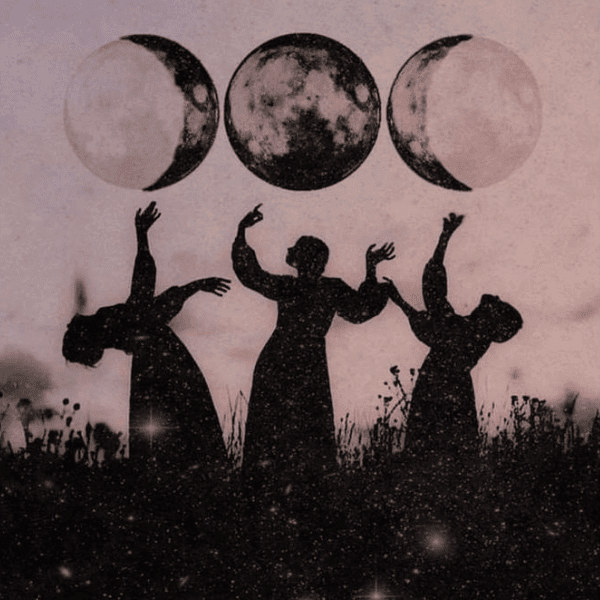
The concept of the Trinity is a foundational doctrine in Christian theology that describes God as one Being in three distinct Persons: the Father, the Son, and the Holy Spirit. Developed over time and formalized by the end of the 4th century, this doctrine holds that these three Persons are co-equal and co-eternal, each fully God yet distinct. While the Trinity is most closely associated with Christianity, variations of a triadic divine structure can be found in other religions, such as Hinduism’s Trimurti. The concept has significant theological and philosophical implications, influencing Christian practices like prayer and challenging our understanding of identity and existence.
Moon Goddesses
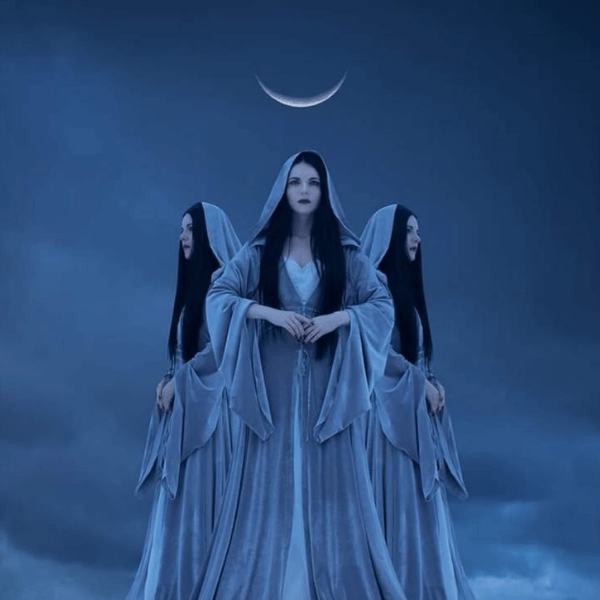
The idea of a divine trio isn’t just a Christian concept. It has ancient roots in various myths and spiritual traditions. Take the ancient goddesses, for example: Hekate, Selene, and Artemis. Each goddess symbolizes a moon phase and a life stage. Hekate is the wise old woman, Selene the nurturing mother, and Artemis the young virgin. This ancient trio shows the cycles of life and divinity. It suggests the Trinity idea could be a universal archetype, beyond any one religion or culture.
Artemis: The Virgin of the New Moon
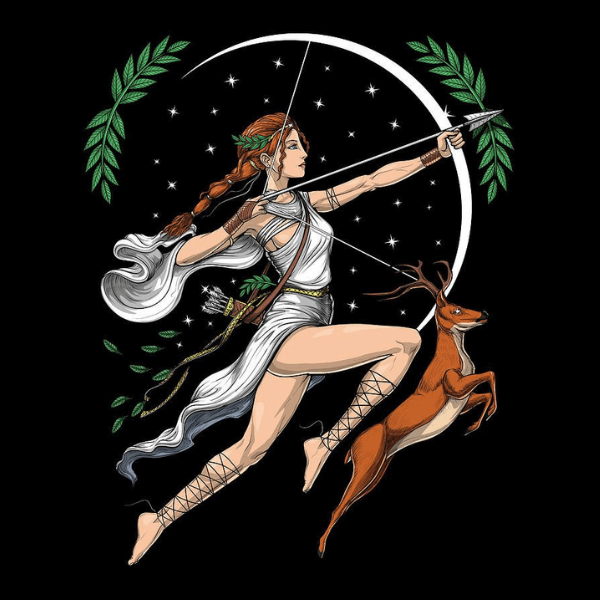
Artemis, the sister of Apollo, is the goddess of the hunt and the protector of animals. She represents the new moon phase and is associated with the concept of the virgin woman. Artemis is the epitome of youthful energy, purity, and independence. She embodies the spirit of new beginnings and the excitement of the unknown. In mythology, Artemis depictes with a bow and arrow, ready to defend the natural world she so deeply cares for.
Selene: The Mother of the Full Moon
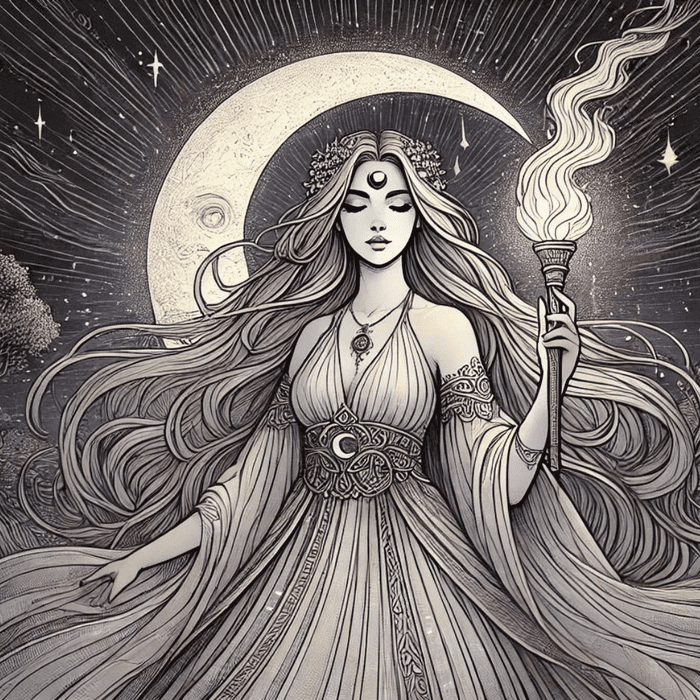
Next in line is Selene, the mother moon goddess who reigns over the full moon phase. Selene symbolizes the peak of maturity, nurturing, and emotional depth. She is the mother figure who brings light to the darkness, illuminating the night sky with her radiant glow. Selene is often portrayed driving a chariot across the sky, her full moon a symbol of completeness and wholeness. She embodies the stage of life where one has reached full potential and is ready to nurture and guide others.
Hekate: The Wise Woman of the Balsamic Moon
Then we have Hekate, the goddess of the balsamic moon phase, representing the wise and old woman. Hekate comes from Anatolia, and the ancient city of Lagina in the Yatağan district of Muğla dedicates itself to her. She is closely identified with night and witchcraft, symbolizing the dark side of the moon.
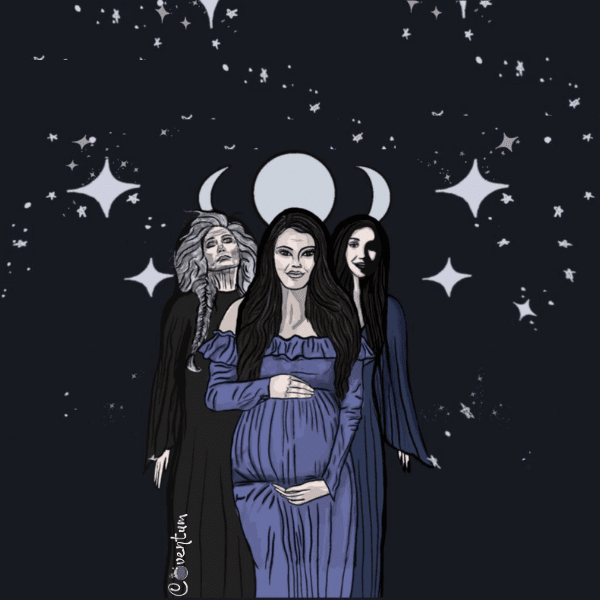
This association particularly gained prominence with the end of the pagan period and the rise of Christianity. Hekate embodies wisdom, transformation, and the mysteries of the subconscious. She is the keeper of secrets and the guide to the unknown realms of life and death.
The Moon as a Symbol of Fear and the Subconscious
All these moon goddesses are intrinsically linked to the moon and the night. The moon itself is a powerful symbol of our fears and the subconscious. The unknown and the unseen often evoke feelings of fear and suspicion. These goddesses, through their different phases and attributes, help us confront and understand these deep-seated emotions. They serve as guides through the labyrinth of our inner world, helping us navigate the complexities of life.
These three goddesses are more than just mythological figures; they are archetypes that resonate with the human experience. Their symbolism guide us through the cycles of birth, life, and death, and help us confront our deepest fears and desires. Next time you gaze up at the moon, remember the powerful trio of goddesses that embody its phases, and perhaps you’ll find a bit of their wisdom shining back at you.


[…] of tragic, the moon goddess’ story isn’t all moonbeams and stardust. Her love story with Endymion remains one of the […]